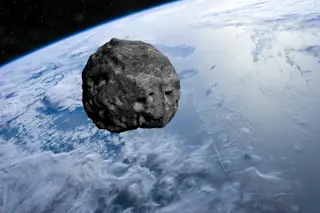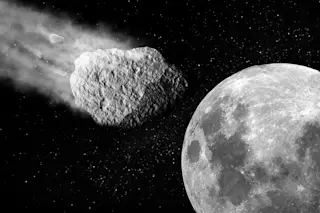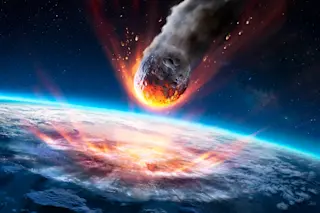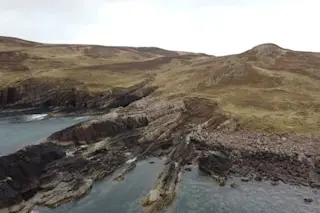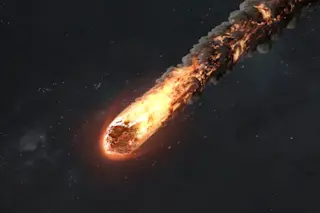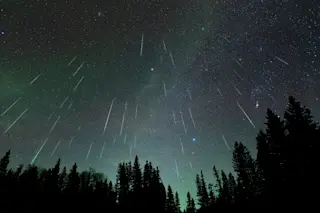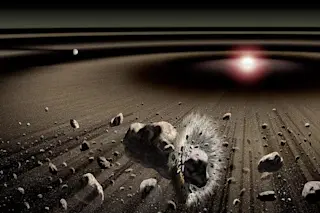It is round and about a mile wide. It’s long been there, in the center of the state. But, says Wake Dort, no one knew what it is: a meteorite crater. To Native Americans living in the central Great Plains, the spectacle must have been awesome. A fireball brighter than 50 suns plunges blazing through the atmosphere, explodes, and ignites the prairie for miles around. The blinding flash gives way to a dark, silent mushroom cloud. A minute later comes the stupendous roar and a blast wave that knocks trees and people to the shaking ground. Most living things within ten miles die. If University of Kansas geologist Wakefield Dort is correct, that’s what happened 3,000 years ago right in the middle of present-day Nebraska, about 12 miles west of the small town of Broken Bow. In 1990 Dort was examining a topographical map of central Nebraska when he noticed ...
The Hole in Nebraska
Discover the Nebraska meteorite crater, a possible 3,000-year-old impact site that could change our view of the Great Plains.
More on Discover
Stay Curious
SubscribeTo The Magazine
Save up to 40% off the cover price when you subscribe to Discover magazine.
Subscribe

